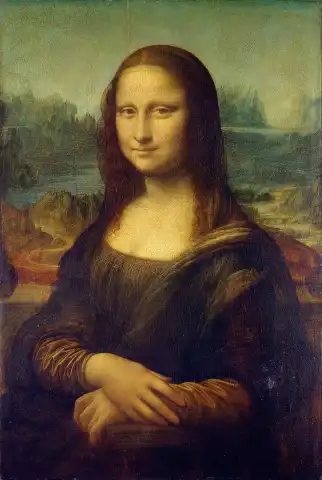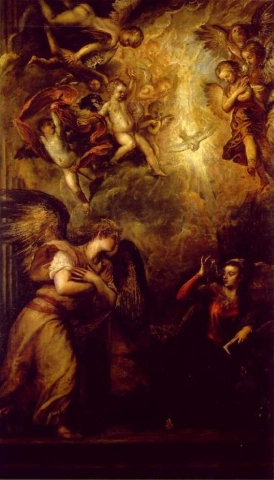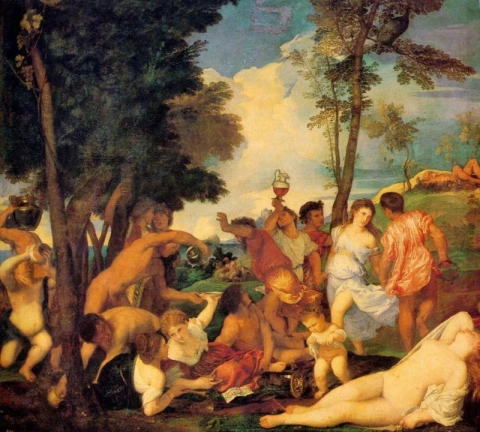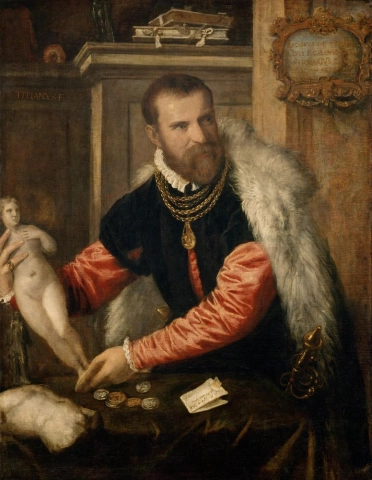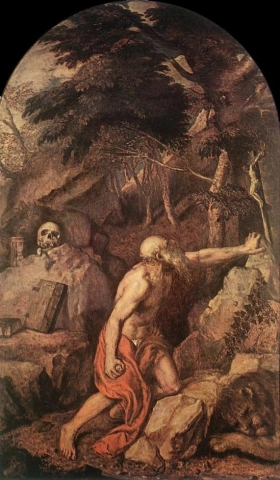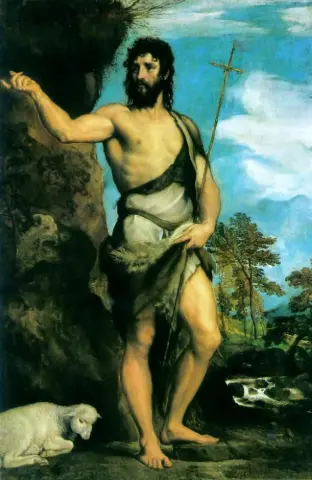Hand-painted painting reproductions - Artists - Tiziano Vecelli
Imagine owning an original work of art by Tiziano Vecelli, one of the greatest artists in history. At POD we offer you the opportunity to make this dream come true. We reproduce Tiziano Vecelli's works down to the smallest detail, so you can enjoy them in your own home.
Our reproductions are made by experienced artists who use the best materials and techniques. We are dedicated to providing you with the highest quality works of art, which will bring joy and inspiration to your family for generations.
Tiziano Vecelli: A Master of the Italian Renaissance
Early Life and Artistic Development
Tiziano Vecelli (commonly known as Titian, c. 1488–1576) was one of the most celebrated painters of the Italian Renaissance, renowned for his exceptional use of color and innovative compositions. Born in Pieve di Cadore, a small town near Venice, Titian showed artistic promise from an early age. He moved to Venice as a child, where he apprenticed under prominent artists such as Giovanni Bellini and Giorgione. These early experiences profoundly influenced his style, particularly his mastery of color and atmospheric effects.
Titian’s talent quickly distinguished him in Venice’s vibrant art scene, and by his early twenties, he was already producing works that displayed remarkable technical skill and emotional depth. His early commissions for altarpieces and portraits established his reputation as a leading artist in Venice, and he would soon gain recognition across Europe.
Style and Influence
Titian’s art is characterized by its rich, luminous color palette, dynamic compositions, and emotional intensity. He revolutionized the use of oil paint, employing glazing techniques to create depth and vibrancy in his works. His portraits are notable for their psychological insight, while his religious and mythological paintings often feature dramatic narratives and strikingly lifelike figures.
Over the course of his career, Titian explored a wide range of themes, from sacred altarpieces to sensual mythological scenes. His works often conveyed a deep understanding of human emotion, reflected in the expressions and gestures of his subjects. Titian’s later works, marked by a freer, more expressive brushwork, laid the groundwork for the Baroque movement and influenced countless artists, including Peter Paul Rubens and Diego Velázquez.
Legacy and Recognition
Titian’s impact on the art world is immeasurable. As the leading painter of the Venetian School, he redefined portraiture, religious painting, and mythological art, setting new standards for artistic expression. His influence extended far beyond his lifetime, shaping the trajectory of Western art for centuries.
Titian’s works are housed in some of the world’s most prestigious museums, including the Louvre, the Uffizi Gallery, and the National Gallery in London. His masterpieces, such as Assumption of the Virgin, Venus of Urbino, and The Rape of Europa, continue to captivate audiences with their beauty and complexity.
Where to Buy Handmade Oil Painting Reproductions of Tiziano Vecelli’s Works
Bring the timeless brilliance of Titian into your home with our exquisite handmade oil painting reproductions on canvas. Each piece is crafted with meticulous attention to detail, capturing the vibrant colors, dramatic compositions, and emotional depth of his masterpieces. Explore our collection today to own a piece of Renaissance history.
